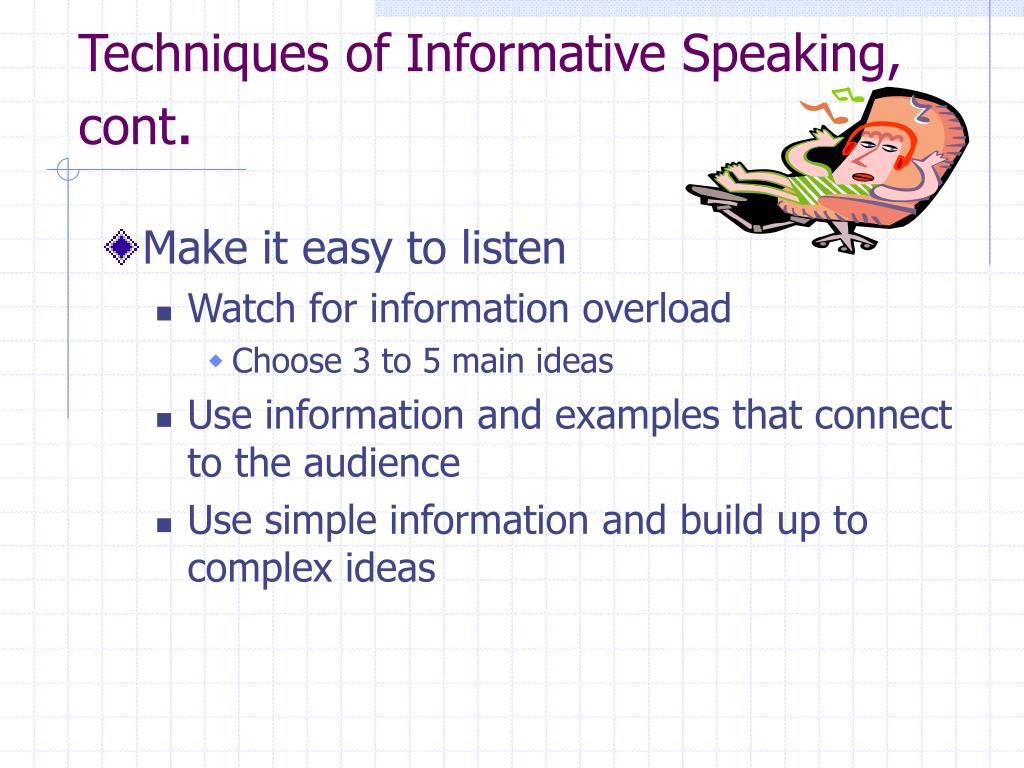

Using pronouns like we and us, the writer reinforces commonality with the reader and so encourages a sense of cohesion and community. Similitude appeals to similarities between the author and the reader to create a sense of mutual identification. But, a writer’s credibility can be bolstered using a number of rhetorical techniques including similitude and deference. Much of an author’s ethos, then, lies in using well-reasoned and justified research methodologies and methods. In scientific research, the author must establish her credibility as a rigorous and expert researcher. The reader must be convinced that the author is an authority and merits attention. It refers to the character of the writer, including her credibility and trustworthiness. Together, they support effective persuasion, and so can be harnessed by researchers to powerfully convey the meaning of their research.Įthos is the appeal focused on the writer. The first is focused on the author, the second on the argument, the third on the reader. He identified three appeals at play in all acts of persuasion: ethos, logos and pathos. He studied rhetoric analytically, investigating all the means of persuasion available in a given situation.
Signpost speech definition series#
Fortunately for the readers of Perspectives on Medical Education, The Writer’s Craft series offers a treasure trove of rhetorical tools that health professions education researchers can mine.Ī primary lesson of rhetoric was developed by Aristotle. Therefore, being a successful researcher requires developing the skills of persuasion-the skills of a rhetorician. Regardless of the argument I want the reader to accept, I have to persuade the reader to agree with me. It may require convincing the audience that other, highly respected researchers are wrong. It may require having the reader adopt new ways of thinking about a phenomenon. That acceptance may require dethroning widely held perspectives. We must convince readers to accept our findings and the conclusions we draw from them. This means that when we write up our research findings, we need to be persuasive. In other words, everything we know is accepted for now but not forever. Our solutions are accepted by the community until another, better proposition offers a more compelling explanation. When these questions are answered, the solutions we propose are just that-propositions. Scientific research is a social activity centred on answering challenging questions.

While asserting that scientific findings must be persuasively conveyed may seem contradictory, it is simply a consequence of how we conduct research. In other words, when I write a research manuscript, I must construct an argument to persuade the reader to accept my rationality.

But, as Burke reminds us, conveying the meaning of our research to others involves persuasion. Scientific research is, for many, the epitome of objectivity and rationality. We encourage readers to share comments on or suggestions for this section on Twitter, using the hashtag: #how’syourwriting? Each entry focuses on a key writing feature or strategy, illustrates how it commonly goes wrong, teaches the grammatical underpinnings necessary to understand it and offers suggestions to wield it effectively.

In the Writer’s Craft section we offer simple tips to improve your writing in one of three areas: Energy, Clarity and Persuasiveness.


 0 kommentar(er)
0 kommentar(er)
